Keto Diet Guide
The ultimate way to adapt your body to the keto diet

 Dr.
Dr.
Heather Sandison, ND

The ultimate way to adapt your body to the keto diet

 Dr.
Dr.
Heather Sandison, ND
The goal of the program is to enhance your cognitive function and increase metabolic flexibility by reminding your body and brain to efficiently burn fat as a fuel. This allows you to avoid blood sugar swings, reduce average daily blood sugar, stabilize insulin levels and stimulate healthy cell function. It also helps with weight loss, balanced mood, detoxification, and decreasing inflammation.
Ketosis describes the way fat is turned into ATP, or the energy currency of our cells. When we turn sugar into ATP this is called glycolysis. Glucose is turned into ATP. When we don’t have glucose available our body will turn fat into ATP in the state called ketosis. Your brain prefers to burn ketones as fuel. As we age our brain cells or neurons no longer efficiently turn sugar into ATP. When we change the fuel from sugar to fat our neurons have more energy to pay attention, balance our mood, and make memories.
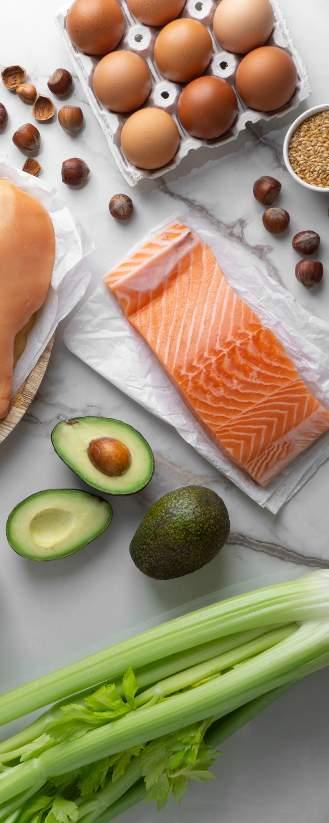
The keto diet is a doctor prescribed diet. Always work with your trusted provider to assess if this diet is right for you. We strongly suggest working with a health coach to be sure you have the support you need to achieve success. They can also help you to troubleshoot and individualize the keto diet so it works for you!
Kidney disease
Some liver diseases
Gout, frequent uric acid kidney stones, elevated uric acid
Eating disorders
Caution with gallbladder issues
Caution with insulin dependent diabetes
High cholesterol is not a reason to avoid the ketogenic diet. It is a reason to test your cholesterol every 12 weeks with your provider while you are on the ketogenic diet.
Getting regular movement and exercise is critical to healthy living. While on a keto diet, we need to give your body a reason to burn fat as fuel. Regular exercise makes the program faster and easier. Getting your exercise program in place is a key to success.


You will be eating VERY few carbohydrates, especially in the beginning of the program. Think of this diet as a light switch. You are either in it or out of it. Even small amounts of carbohydrates will quickly turn the switch off and kick you out of ketosis. Stick to the foods on the Category I food list until your practitioner lets you know you can try adding in some of the Category II foods. Many people will be able to get into ketosis by limiting their carbs to 50 gm per day. Some people need to limit carbs to 30 gm per day. Measuring your ketones is the best way to know if you are achieving ketosis.
You need A LOT of non-starchy vegetables (think 5-8 cups/day) during the program. This gives you the fiber you need to prevent constipation and the nutrients you need to help your body detox appropriately and your brain work effectively. See Category I foods for a complete list of foods you can eat.
During the program, you’ll need to eat more protein than normal. This is because when your body doesn’t have carbohydrates for fuel, but is not yet efficient at burning fat for fuel, it will use protein for fuel in the meantime. If you don’t have enough dietary protein, you’ll need to break down muscle as a protein source instead. A good baseline is to start with twice as much protein as you would normally eat.
You are reminding your body to burn fat as a fuel. You will want to be sure your body has enough fat. A common mistake is to not add enough fats when switching to a keto diet. Stick to healthy fats listed on your food guide. Coconut oil is one of the fats most easily burned as a fuel, so it’s great to start the day or a meal with 2 tsp of coconut oil. If you’re cooking with oil, use oils like avocado oil or ghee that do not oxidize at high heat. Avoid heating olive oil as it has a low smoke point and oxidizes easily. Coconut oil is good for medium heat. All oils should be organic, especially animal fat. You will be mobilizing and detoxifying toxins in your system, it is important to avoid adding more in the process.
01 02 03 04
Hydration
You will likely urinate more on the program, so you will need to drink extra water. Focus on getting spring water from glass, ceramic or stainless containers and avoid plastic, reverse osmosis (mineral depleted) or otherwise contaminated water sources. We recommend Mountain Valley Spring water which can be delivered to most places in the US or is available in most health food stores.
05
In ketosis, you may urinate more than in glycolosis. You may deplete sodium and other minerals more quickly than your body is used to. It is important to replace them. If you notice cramping in your muscles, increase your intake of sea salt and talk with your provider about increasing mineral supplementation.
06
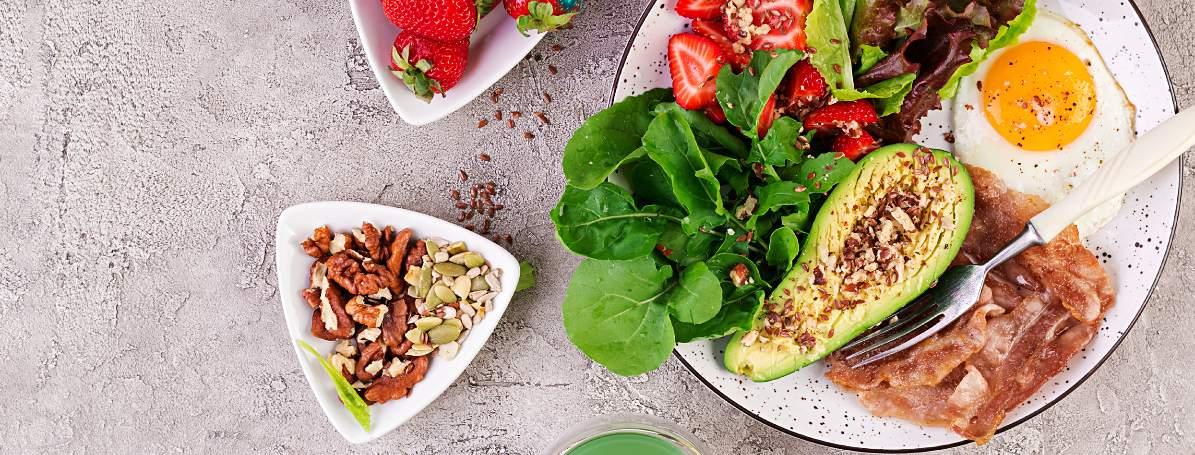
Ketones are the molecules you make when you turn fat into a fuel. You want them consistently between 1-3 mmol in your blood during the program. Since you won’t be burning fat right away they will start lower.
01
You’ll test your blood ketones twice daily. One test should be fasting and the other about 1-2 hours after a meal. It’s good to be consistent about how long after a meal you test. Your fasting ketones will likely rise slower than your post-meal reading.
02
THINGS THAT IMPACT KETONES
If you eat carbohydrates, your ketones will decrease. If you get enough rest, manage stress, eat lots of good fats, and exercise, you’ll increase your ketones. When you’re ready to do so, fasting will also increase your ketones.

drink water, eat protein, exercise, and rest as needed
Keto Flu
Although many people experience a keto flu for several days when they are first getting into ketosis, it should resolve relatively quickly. While closely following these instructions can help to prevent many of the common complications, it is important to let your trusted health care team know right away if you are experiencing symptoms.
Constipation
Most people get constipated at some point on the program. Drinking plenty of water, exercising, and eating lots of vegetables helps prevent this. If that isn’t enough, you may need to take over the counter magnesium or vitamin C or gentle laxative herbs to get things moving. Schedule with your provider if you continue to struggle with having a daily bowel movement. You don’t want to let yourself stay constipated as it will cause you to reabsorb the toxins your body is trying to release.
Fatigue
Some amount of fatigue is normal at times as you get into ketosis. If you are fatigued, start by adding ¼ tsp sea salt to 8 oz of water. If you feel better right away, you will benefit from more minerals. If you don’t feel better right away, add additional protein. Again, let your health care providers know right away as well.
Muscle weakness or brain fog
This is temporary and a sign that you are not yet efficient with burning ketones as a fuel. Drink water, eat protein, exercise, and rest as needed.
When you’ve been consistently in the zone of 1-3 mmol of ketones for 2 weeks.

Have a baseline visit with your doctor or health coach.
Get baseline blood work (including cholesterol, uric acid, HgA1c, metabolic panel, CRP) and the OK to start from your doctor.
02 03
Get your baseline biometric measurements (weight, body measurements, blood pressure)
All materials available through Solcere or you can find them online.
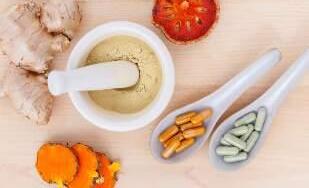
See handout or talk to your doctor about personalizing your supplements
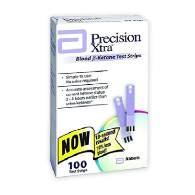
Ketone strips -100 strips
Available through www.ketosistools.com
This is to see if you are at your goals for ketones

Lancets - 100 lancets
TRUEplus or Easy touch brands work well, available on Amazon

Ketone meter
Keto-Mojo keto-mojo.com
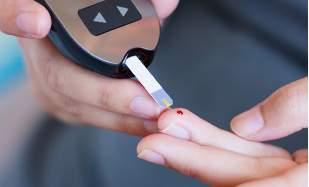
Glucose strips - 50 strips
Available on Amazon.com
This is to identify foods that may be driving up your blood sugar

Tracking sheets and foods list
Cal-Mag Citrate
1 scoop in water to support healthy minerals and daily bowel movements
Monopure
3 caps daily with food to reduce inflammation and for healthy fat balance
Probiomax 100 b
1 daily with a meal for gut support
XenoProtX
2 caps twice daily for liver detox support
UltraFiber Lean
2 caps twice daily to support healthy detox and healthy cholesterol levels
Exogenous Ketones
1 scoop in water between meals
Greens powder
1 scoop in water or smoothie daily
Raw or Cooked Greens
Alfalfa Sprouts
Arugula
Bok Choy
Cabbage
Cardoon
Chard
Cilantro
Chicory
Collard greens
Dandelion greens
Endive
Escarole
Kale
Lettuce
Mesclun
Mixed greens
Mustard greens
Parsley
Purslane
Radicchio
Radishes
Sauerkraut (cabbage based)
Spinach
Sorrel
Watercress
Capers
Horseradish
Mustard
Lemon
Soy sauce
Tabasco
Vinegar (Unsweetened rice vinegar is zero carb, others are variable)
Wasabi
Other Above Ground Veggies
Raw or Cooked
Asparagus
Broccoli
Broccoli rabe
Brussel sprouts
Cabbage (any type)
Cauliflower
Celery
Chayote
Chives
Cucumber
Mushrooms
Nopales
Crook-neck squash
Summer squash
Zucchini
These veggies are all slightly higher in carbs than greens are, you may need to limit them if you are struggling to get in the zone.
Avocados
Olives
Butter
Coconut Oil
Flax oil
Ghee
Olive oil
Sesame oil
Animal Proteins (Grass fed, hormone free)
Eggs
Bacon
Beef
Goat
Lamb
Pork
Poultry
Venison
Be very cautious with processed meat such as bacon as sausage, these products may contain sugar even though they claim zero carb.
Any and all cooking herbs and spices, including a clove of garlic in a meal. Beverages
Water
Coffee
Alaskan Salmon
Atlantic Mackerel
Sardines
Mussels
Rainbow trout
Club soda
Green tea
Black tea
Unsweetened herbal tea
Dairy
Brie
Cream
Cream Cheese
Blue Cheese
Goat Cheese
Feta
Sour Cream
Triple cream cheese
Whey protein powder
Whole milk cheddar
Hemp protein powder (carb free)
Pumpkin seed protein powder
Non-denatured whey protein powder
If you are vegetarian, add category two nuts and seeds to your diet right away to insure adequate protein.
Sweeteners and treats
Cardamom
Cinnamon
Stevia
Vanilla
Monkfruit
Xylitol (small amounts)
Fruits
Apples
Blackberries
Blueberries
Cantaloupe
Cherries
Clementine
Honeydew melon
Kiwi
Lemon
Persimmon
Plums
Raspberries
Strawberries
Watermelon
Vegetables
Artichokes
Beet greens
Celery root
Daikon radish
Eggplant
Fennel
Green beans
Green onions
Jicama
Kelp
Kohlrabi
Mung bean sprouts
Okra
Peppers
Pumpkin
Snow peas
Spaghetti squash
Tomatillo
Tomato
Wakame
Other Veggies
Onions
Leeks
Scallions
Shallots
Rutabaga
Turnip
Nuts
Brazil nuts
Coconut butter
Hazelnuts
Macadamia nuts
Pecans
Tahini
Condiments
Ginger
Dairy
Gouda
Parmesan
Whole Milk Mozzarella
Vegetarian Proteins
Lentils
Tofu
Tempeh
Sweeteners and treats
Cocoa Powder
Fruits
Apricots
Grapes
Grapefruit
Mango
Nectarines
Orange
Papaya
Peaches
Pears
Pineapple
Tangerine
Beets
Carrots
Cassava
Jerusalem artichokes
Parsnips
Sweet potatoes
Yams
Other Above
Ground Veggies
Raw or Cooked
Acorn Squash
Butternut Squash
Corn
Nuts
Almonds
Cashews
Coconut Milk
Coconut Water
Grains
Buckwheat
Millet
Quinoa
Whole grain rice
Beans
Black beans
Black-eyed Peas
Garbanzo
Kidney
Pinto

Dr. Heather Sandison is the founder of Solcere Health Clinic and Marama, the first residential care facility for the elderly of its kind.
At Solcere, Dr. Sandison and her team of doctors and health coaches focus primarily on supporting patients looking to optimize cognitive function, prevent mental decline, and reverse dementia by addressing root causes of imbalance in the brain and body including:
She was awarded a grant to study an individualized, integrative approach to reversing dementia and is a primary investigator on the ITHNCLR clinical trial.
At Marama, Dr. Sandison has created an immersive residential experience in the lifestyle proven to best support brain health. She understands that changing your diet, adding nutrients, creating community and optimizing a healing environment are all challenging even for those those with full cognitive capacity. At Marama, she’s done the work for you. All you need to do is show up.
She is also the host of the Reverse Alzheimer’s Summit and Collective Insights Podcast where she works to share what is possible for those suffering with dementia.
Learn more about brain health by signing up for our mailing list at:

